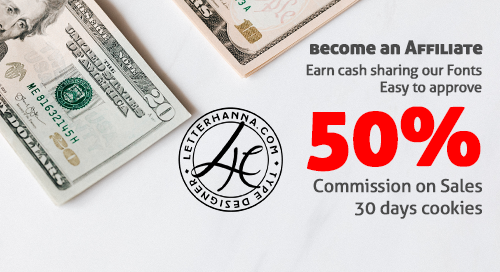You’ve created a logo that turns heads, wins hearts, and maybe even got a standing ovation from your client’s dog. But now it’s time for the unglamorous—yet vital—stuff: protecting that shiny design so nobody rips it off.
Legal protection isn’t just for billion-dollar brands. Whether you’re freelancing, building your own company, or designing for a friend’s Etsy empire, understanding copyright and trademark law is essential.
🧾 What’s the Difference Between Copyright and Trademark?
Let’s break it down in plain English (and just a sprinkle of legal-ese):
📚 Copyright
-
What it protects: The creative expression of an idea (your design work)
-
When it applies: Automatically upon creation—no registration needed
-
What it doesn’t do: It doesn’t protect the logo as a brand identifier
Copyright says, “You made this artwork.” But it doesn’t say, “This represents a business.”
® Trademark
-
What it protects: Logos, names, symbols, and designs used to identify a brand
-
When it applies: When used in commerce and optionally registered with the appropriate authority (USPTO in the U.S.)
-
What it does: Stops others from using a similar mark in the same industry
In short:
Copyright = I made it.
Trademark = It represents me in the marketplace.
🧠 Real-World Scenario:
Imagine you design a logo of a red squirrel eating a donut. 🍩 It’s super cute. Copyright protects your drawing. But unless your client registers it as a trademark, another donut shop can use a similar squirrel without breaking the law—especially in a different region or country.
🛡 How to Protect Your Logo
✅ 1. Document Your Work
-
Keep timestamps of sketches, versions, and final files.
-
Email drafts to yourself or use cloud tools that record creation dates (Google Drive, Dropbox, Figma).
-
This won’t give you bulletproof protection, but it’s a start.
✅ 2. Use Copyright Notices
Even if it’s automatic, a notice helps. Example:
© 2025 Jane Smith. All rights reserved.
Place it in presentations or on your website portfolio. It tells the world: “This design is not for the taking.”
✅ 3. Register a Trademark (Optional but Smart)
For serious brand-building, a trademark is worth the cost. In the U.S., this means:
-
Searching the USPTO database
-
Filing an application
-
Paying the fee (usually $250–$350)
-
Waiting several months
Pro tip: Consult a lawyer or use a service like LegalZoom if the paperwork scares you more than Comic Sans.
👩🎨 Freelancers: Protecting Yourself in Client Work
🔄 Who owns the logo?
Depends on your contract. If you don’t specify, copyright stays with the designer by default in many jurisdictions.
To transfer full rights:
-
Include a clause like: “Upon final payment, all rights to the logo design will be transferred to the client.”
-
Or use a more formal IP transfer document
Don’t give up rights until you’re paid. No exceptions. Not even for your cousin’s garage band.
🧠 Unique Fact of the Day:
Nike’s iconic Swoosh was designed in 1971 by a college student, Carolyn Davidson, for just $35. Nike later trademarked it, of course—but Davidson didn’t get royalties. Decades later, Nike gave her stock (now worth millions). Moral: design may be temporary, legal foresight is forever.
✍️ Design Mission: Audit Your Legal IQ
-
Find your latest logo project.
-
Ask yourself:
-
Do I have proof I created it?
-
Did I define ownership clearly with my client?
-
Would this logo be worth trademarking?
-
-
Consider adding a copyright notice to your portfolio.
Even if you don’t trademark every logo, you should always know where you stand.













